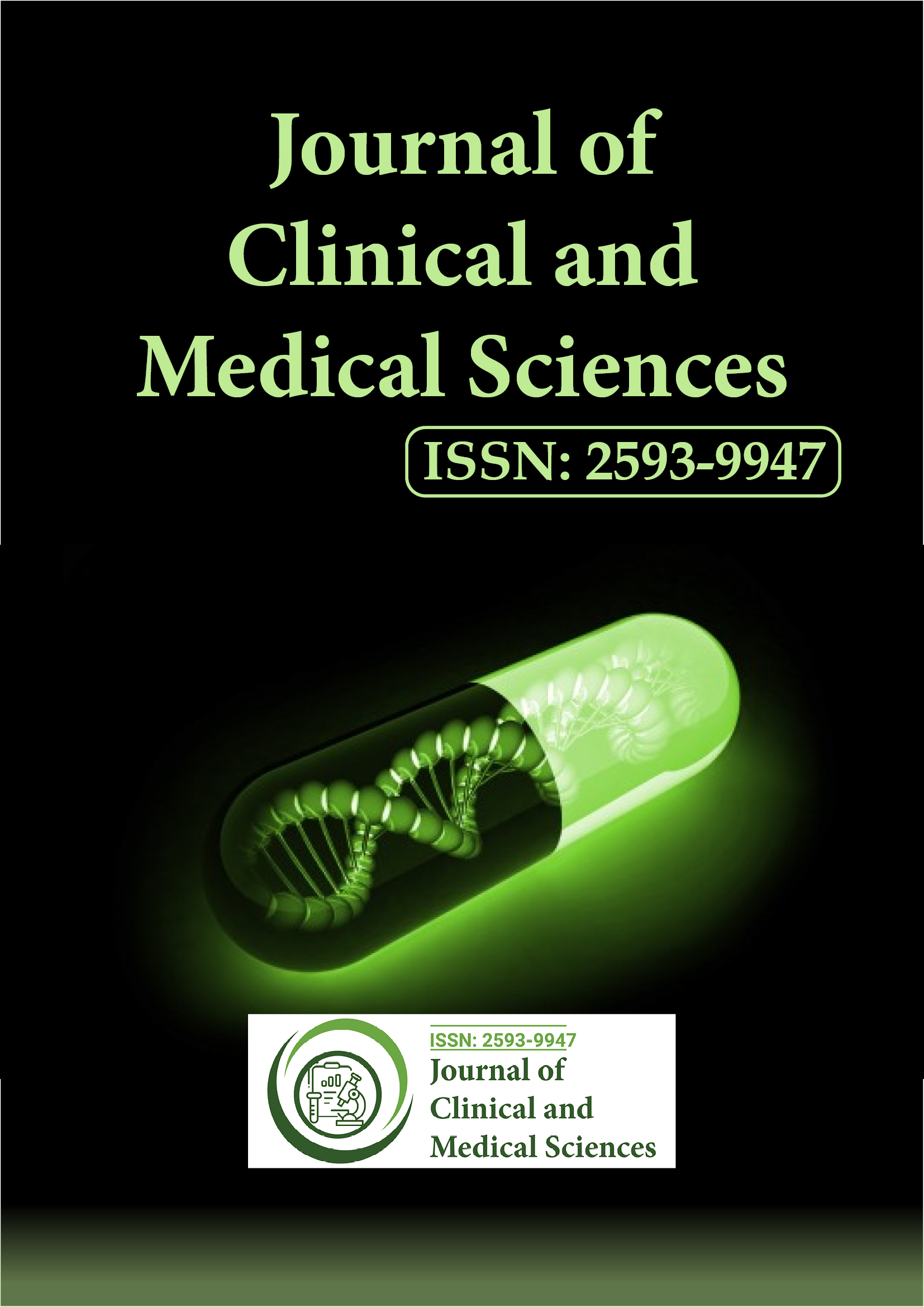Indexed In
- Euro Pub
- Google Scholar
Useful Links
Share This Page
Journal Flyer

Open Access Journals
- Agri and Aquaculture
- Biochemistry
- Bioinformatics & Systems Biology
- Business & Management
- Chemistry
- Clinical Sciences
- Engineering
- Food & Nutrition
- General Science
- Genetics & Molecular Biology
- Immunology & Microbiology
- Medical Sciences
- Neuroscience & Psychology
- Nursing & Health Care
- Pharmaceutical Sciences
Opinion Article - (2025) Volume 9, Issue 1
Nanomedicine: A Breakthrough in Targeted Drug Delivery and Precision Therapy
Atul Gawande*Received: 01-Jan-2025, Manuscript No. JCMS-25-28574; Editor assigned: 03-Jan-2025, Pre QC No. JCMS-25-28574 (PQ); Reviewed: 17-Jan-2025, QC No. JCMS-25-28574; Revised: 24-Jan-2025, Manuscript No. JCMS-25-28574 (R); Published: 31-Jan-2025, DOI: 10.35248/2593-9947.24.9.312
Description
Nanomedicine represents one of the most exciting breakthroughs in modern therapeutics, offering innovative solutions for targeted drug delivery and precision therapy. By leveraging the unique properties of materials at the nanoscale, researchers and clinicians are now able to design therapies that precisely target diseased cells while sparing healthy tissues, thereby minimizing side effects and increasing treatment efficacy. The field of nanomedicine integrates principles from chemistry, biology, engineering and medicine to create nanostructures such as liposomes, dendrimers and metallic nanoparticles, which can carry drugs directly to the affected area. This targeted approach not only enhances the potency of the treatment but also reduces the risk of systemic toxicity that is often associated with conventional therapies.
At the heart of nanomedicine is the concept of controlled drug release. Nanoparticles can be engineered to encapsulate therapeutic agents and release them in a controlled manner, responding to specific stimuli such as pH changes, temperature variations, or enzymatic activity that are often present in diseased environments. For instance, many cancer cells create an acidic microenvironment and researchers have developed pHsensitive nanoparticles that release their payload only when they reach the tumor site. This level of specificity is a marked improvement over traditional chemotherapy, which circulates throughout the body and can damage healthy cells. By concentrating the drug's effects within the tumor, nanomedicine provide the potential for more effective treatments with fewer side effects.
Another remarkable advantage of nanomedicine is its ability to improve drug solubility and bioavailability. Many potent therapeutic compounds suffer from poor solubility in water, which limits their absorption and effectiveness when administered through conventional methods. Nanoparticles can encapsulate these drugs, enhancing their stability and solubility and facilitating their transport across cellular membranes. This not only increases the drug’s absorption but also ensures that a higher concentration reaches the target tissue. As a result, lower doses of the drug may be required, reducing the overall risk of adverse reactions and making treatments safer for patients.
The precision of nanomedicine extends to its potential for personalized therapy. Advances in molecular biology and genomics have paved the way for treatments that are tailored to an individual’s specific genetic profile. Nanoparticles can be designed to recognize biomarkers expressed by particular types of cells, ensuring that the drug is delivered only where it is needed. This level of precision opens up new possibilities for treating complex diseases such as cancer, where tumors may vary greatly between patients. By combining diagnostic imaging with targeted drug delivery, nanomedicine can provide real-time feedback on the treatment’s progress, allowing clinicians to adjust dosages and strategies as needed.
In summary, nanomedicine is transforming the approach to drug delivery and precision therapy by harnessing the power of nanoscale materials. Its ability to deliver drugs directly to targeted sites, improve bioavailability and enable personalized treatment regimens holds immense ability for addressing some of the most persistent challenges in healthcare. With continued research, refinement and collaboration across disciplines, nanomedicine is set to revolutionize the way we treat diseases, paving the way for more effective, safer and personalized therapies for patients around the world.
Citation: Gawande A (2025). Advanced Drug Delivery: A Breakthrough in Targeted Therapy and Precision Treatment. J Clin Med Sci. 9:312.
Copyright: © 2025 Gawande A. This is an open access article distributed under the terms of the Creative Commons Attribution License, which permits unrestricted use, distribution, and reproduction in any medium, provided the original author and source are credited
